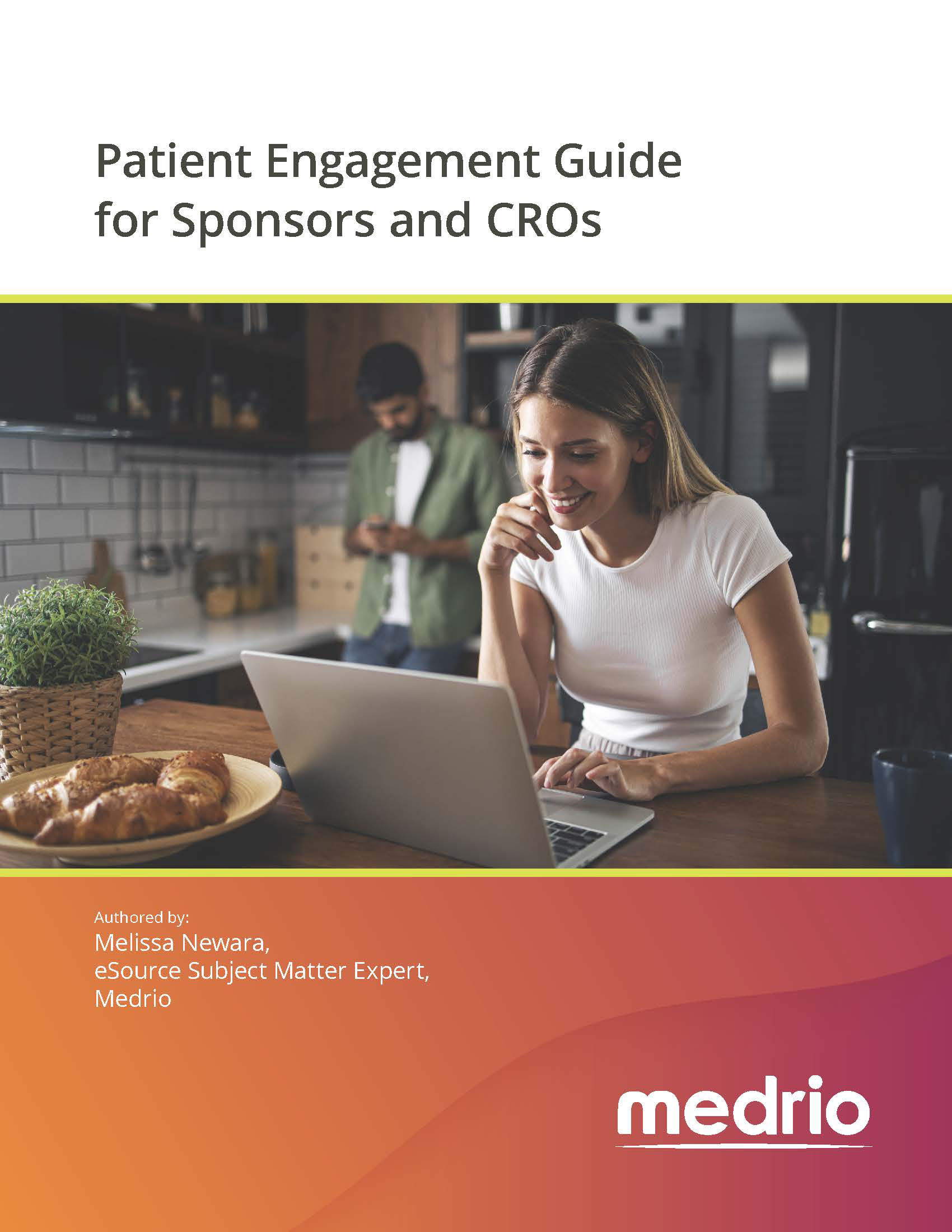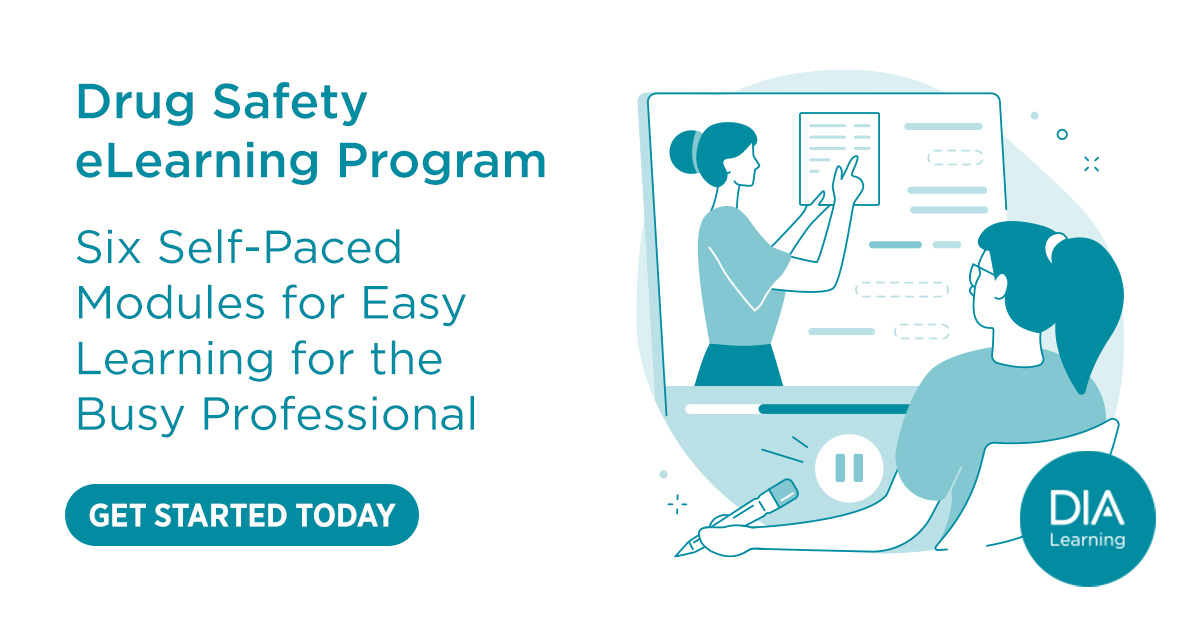Table of Contents
EXECUTIVE LEADERSHIP
Subscribe
Love Global Forum‘s new online format? Subscribe today and never miss an issue.
Editorial Board
Content stream editors
Gary Kelloff US National Institutes of Health
David Parkinson ESSA Pharma, Inc.
regulatory science
Isaac Rodriguez-Chavez PRA Health Sciences
Patient engagement
Trishna Bharadia Patient Advocate and Media Contributor
Mary Stober Murray National Minority Quality Forum
VALUE AND ACCESS
Monika Schneider Shionogi
Editorial Staff
Sandra Blumenrath, Managing Editor, Scientific Publications DIA Scientific Communications
Chris M. Slawecki, Senior Digital Copyeditor DIA Scientific Communications
Regional Editors
David Mukanga Bill and Melinda Gates Foundation
ASEAN
Jin Shun Sandoz
AUSTRALIA/NEW ZEALAND
Richard Day University of New South Wales, Medicine, St. Vincent’s Hospital
CANADA
Judith Glennie JL Glennie Consulting, Inc.
CHINA
Ling Su Shenyang Pharmaceutical University, Lilly Asia Ventures
Europe
Thomas Kühler Sanofi R&D
INDIA
J. Vijay Venkatraman Oviya MedSafe
JAPAN
Ozawa Goshi Real World Data Co. Ltd.
LATIN AMERICA
Cammilla Gomes Roche
USA
Ebony Dashiell-Aje BioMarin
Young Professionals Editors
Saloni Patel Acorda Therapeutics
DIA Membership
Bringing together stakeholders for the betterment of global health care.
With this at the front of our minds, the DIA 2021 Global Annual Meeting celebrates our Honorary Co-Chairs, whose dedication to international collaboration and patient engagement has been unparalleled, and welcomes their remarks in our Opening Plenary Session. As leaders of the founding regulatory agencies of the ICH, they lead organizations that have made significant advances in global convergence and harmonization of regulatory science and regulation for more than 30 years.
Patient Leader
WEGO Health
he discussion around patient influencers is becoming increasingly prominent within the healthcare ecosystem. Who are they? What role do they play in developing better patient outcomes and healthcare improvements? How do they positively impact health decisions? This article aims to explore these questions and provide key insights into how the biopharmaceutical industry can and should be collaborating with this important stakeholder group to create positive change in healthcare.
Oncology Center of Excellence
US FDA
Division of Cancer Prevention
US National Cancer Institute
Oncology Center of Excellence
US FDA
ver the past decade, a series of government-lead events set in motion a sea change in how patient-reported outcomes (PRO) in cancer clinical trials are assessed and reported. PRO measures have long provided an opportunity for the patient’s voice to be heard, and when rigorously implemented, PRO assessments can add quantitative symptom and functional data to help characterize risks and benefits of cancer treatments. An important example is the use of PRO to provide a direct report of symptoms and side effects from the person experiencing them.
The US National Cancer Institute (NCI) and the US Food and Drug Administration (FDA) have created publicly available tools to advance the collection, measurement, analysis, and reporting of patient-reported symptomatic adverse events in cancer trials. These initiatives have had ripple effects, expanding the definition of tolerability, developing guidelines to manage symptoms, providing new tools for industry to enhance dose finding in early-phase trials, and providing PRO data to enhance the patient-clinician interaction at the point of care.
In this article, we discuss:
- NCI’s development of the PRO version of the Common Terminology Criteria for Adverse Events (PRO-CTCAE), the FDA’s work to identify analytic and visualization methods to describe PRO-CTCAE data culminating in Project Patient Voice;
- future uses of PRO-CTCAE and other PRO data to inform early- and late-stage drug development; and
- the history of sustained scientific collaboration necessary to advance the rigorous use of PRO data to help characterize tolerability of cancer drugs.
Janssen Clinical Innovation
igital health and patient-centricity are all the rage these days, with these topics appearing as key headlines across the industry. What does it mean, what’s the value, and why are we not there yet?
![]() White Paper Podcast
White Paper Podcast
White Paper Podcast by Covance Patient Safety
Meeting Highlights: DIA Europe 2021
General Principles on Planning and Designing Multi-Regional Clinical Trials
AstraZeneca
Merck
Novo Nordisk
GSK
Novo Nordisk
AbbVie
Pfizer
@EFPIA
ow does industry perceive the impact of ICH E17 Multi-Regional Clinical Trial (MRCT) guideline in some key international countries? Are the guideline recommendations fully utilized, and how are regulatory authorities being perceived in implementing them? This article shares the results from a recent industry survey about how implementation of the E17 guideline is progressing in seven countries.
Catalyst for Simultaneous Global Development and Registration
ulti-Regional Clinical Trials (MRCT) is not a new term and has been in use for many decades. It refers to a clinical trial conducted in more than one region under a single protocol and allows data from one country or region to help gain approval in another country or region. This is a critical component of successful and timely development and registration of medicines globally. The ICH E17 guideline on General Principles on Planning and Design of MRCTs was finalized in 2017. It describes how, with careful planning, new medicines can be developed globally from the outset.
![]() White Paper Podcast
White Paper Podcast
White Paper Podcast by InterSystems
An Insider’s View
@DrugInfoAssn
ustained integration of diversity and inclusion in clinical trials and drug development will require more than just outreach to marginalized and underrepresented communities when their participation is needed by the scientific community. To achieve genuine equity and inclusion, we must make long-term structural changes in the science of medicine and drug development. In highly heterogeneous communities, it is important to ensure similar diversity is included and represented in the populations tested within each clinical trial.
In a fireside chat at DIA’s Diversity, Equity, and Inclusion in the Drug Development Lifecycle Meeting in April 2021, Robert Fullilove, Associate Dean for Community and Minority Affairs, and Professor of Clinical Sociomedical Sciences at Columbia University, provided insight into the changes that are needed to build a fully inclusive process from the perspective of someone who knows underrepresented communities from the inside.
atients of different genders, ages, races, or ethnicities can react differently to certain medical products, so it is essential that clinical trials study the safety and efficacy of these products in these different groups to reasonably predict how these products will perform in the various, diverse populations that will ultimately use them.
The global COVID-19 pandemic shone a bright light on the need for healthcare systems and communities to work for the benefit of all.
What steps are being taken by clinical researchers, the industry sponsors of that research, and the Agency regulating that research to ensure more equitable healthcare in the US, from bench to bedside?
Click through to read our white paper and find out more about how we can help you to innovate and improve your documents’ consistency and integrity.
![]() Podcasts
Podcasts
![]() White Paper Podcast
White Paper Podcast
White Paper Podcast by LARVOL
Around the Globe
n addition to obvious investments to support various sectors suffering as a result of the pandemic, Canada’s 2021 Federal budget continues its support of previous initiatives related to pharmaceutical policy.
With the view towards rebuilding, the budget also touches on investments in innovation and improving domestic capacity that may benefit the pharmaceutical sector in the long run.
White Paper
White Paper
Around the Globe
Harbour BioMed
he Chinese pharmaceutical industry, through the first five years of China’s National Medical Products Administration (NMPA) regulatory reform which began in 2015, has experienced groundbreaking changes and stepped into a new era full of blooming innovation and intense competition. Today, the regulatory professionals are facing unprecedented opportunities as well as challenges in this diversified environment.
![]() White Paper Podcast
White Paper Podcast
White Paper Podcast by SDC
Around the Globe
he spread of COVID-19 and the resulting social activity restrictions have severely impacted drug development and threatened the continuity of clinical trials in the US. Japanese pharmaceutical companies that develop drugs in the US were affected by these unprecedented circumstances as severely as US companies.
















